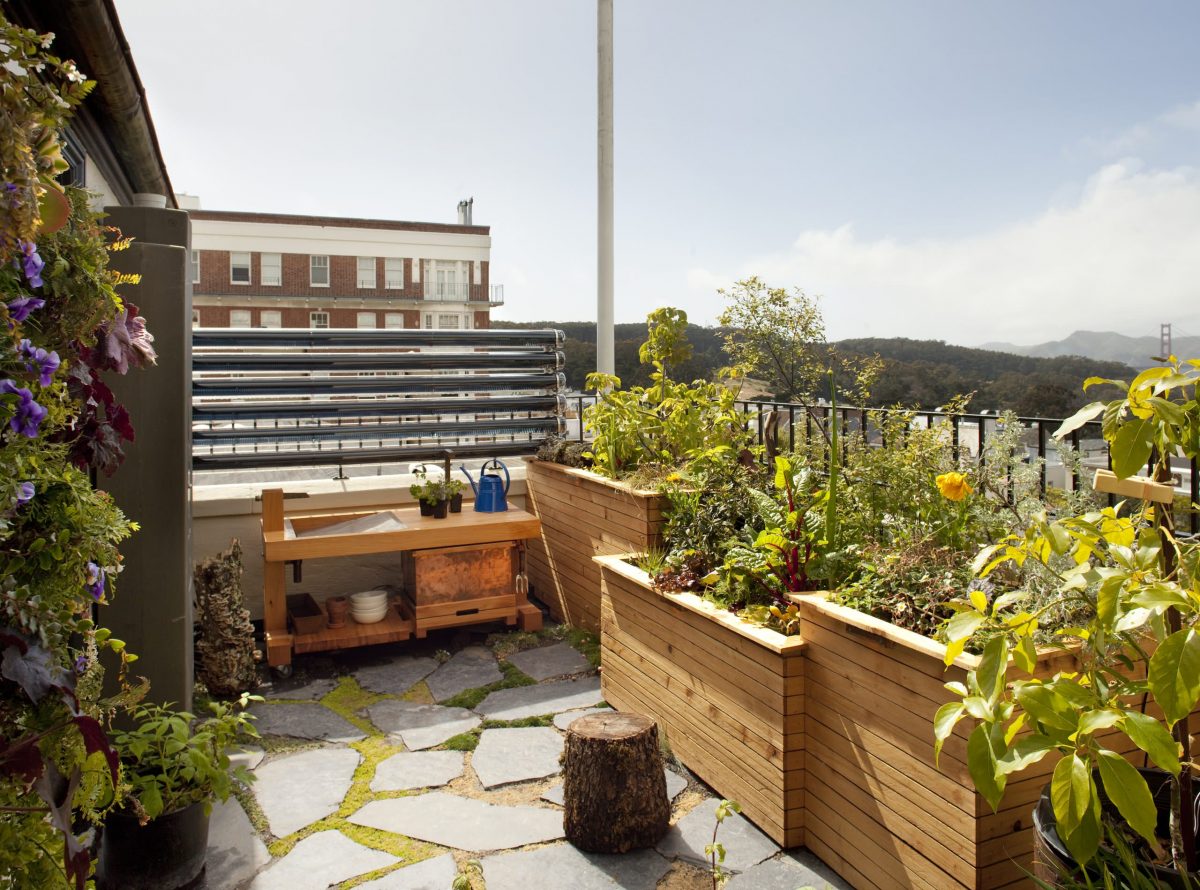A south-facing balcony is a dream for many gardeners: from morning to evening, plants receive maximum sunlight, grow quickly, set fruit early, and reward you with lush color. But such a space also comes with challenges: intense heat, rapid soil drying, a need for consistent watering, and protection of containers from overheating. This makes container gardening on a south-facing balcony both highly productive and demanding a thoughtful approach.
If you live in the Southeastern United States—where summers are hot, humidity is high, and sunny days feel endless—careful planning becomes especially important. The right choice of containers, high-quality soil mix, heat-tolerant varieties, and proper care routines can turn even a small terrace into a thriving mini-garden.
Below is a practical guide tailored specifically to the climate of the Southeast and the conditions of small, sunny spaces. It will help you create a balcony garden that is not only beautiful but highly productive—from herbs and ornamental grasses to cherry tomatoes and flowering annuals.
How the Right Containers Transform a Small Space
A container is the foundation of any balcony garden. It affects almost everything: soil moisture, temperature around the roots, air circulation, speed of plant growth, and even resistance to stress.
Choosing the material
South-facing balconies receive the strongest, longest sun exposure. This means plastic or metal containers may heat up quickly and stress the roots. In the Southeast, gardeners often prefer:
-
Ceramic pots — hold coolness longer;
-
Terracotta — classic choice, though it requires more frequent watering;
-
Fabric grow bags — breathable, prevent overheating, ideal for hot climates;
-
Wooden planters — especially good for larger crops.
Metal and black plastic containers heat up the fastest and are best avoided in full-sun conditions.
Volume and depth
The larger the container, the slower it dries. On a south-facing balcony, small pots almost always create problems.
Recommended minimums:
-
Herbs—5 liters and up;
-
Tomatoes—20–40 liters;
-
Peppers and eggplants—15 liters and up;
-
Flowering and ornamental plants—10 liters and up.
For crops with deeper roots, balcony raised boxes 12–16 inches deep are ideal.
Air flow
South-facing balconies often come with steady wind. Fabric containers offer excellent airflow but dry faster—mulch helps reduce this.
Table: Optimal Containers and Conditions for Popular Balcony Crops
| Crop | Container Volume | Material | Depth | Care Notes for South-Facing Balconies |
|---|---|---|---|---|
| Cherry Tomatoes | 20–40 L | Fabric, ceramic | 12–16 in | Mulch required, steady watering, support needed |
| Basil | 5–10 L | Fabric, terracotta | 8–10 in | Frequent watering, pinching tips, partial shade during peak heat |
| Hot Peppers | 15–25 L | Wood, ceramic | 10–12 in | Heat-tolerant, daily moisture check |
| Lavender | 10–15 L | Terracotta | 10–12 in | Light soil, infrequent watering, full sun |
| Kale | 15–20 L | Fabric | 10–14 in | Prefers afternoon shade in midsummer |
| Petunias | 8–12 L | Ceramic, light plastic | 8–10 in | Nutrient-rich soil, regular feeding |
Soil, Watering, and Heat Protection: Creating a Comfortable Microclimate
A south-facing balcony means intense heat, rapid evaporation, and the risk of the soil surface “baking.” Your main goal is to create a stable and gentle growing environment for the plants.
Soil mix
For containers, garden soil isn’t suitable: it’s heavy, compacts easily, and drains poorly.
The ideal container mix is light, airy, and moisture-retentive.
Recommended formula:
-
50% high-quality peat-based potting mix;
-
20% coconut coir (retains moisture and doesn’t overheat);
-
20% compost;
-
10% perlite or vermiculite.
This blend provides airflow and protects roots from heat stress.
Mulching
Mulching is essential on a hot, sunny balcony. Suitable mulches include:
-
coconut chips,
-
shredded bark,
-
wood chips,
-
decorative stones.
Mulch can reduce evaporation by 40–60%.
Watering
In the heat, watering frequency is key. When temperatures rise above 86–95°F, containers may dry out within a day.
Golden rule:
Water slowly and deeply, but avoid waterlogging.
A drip-irrigation system with a timer is the ideal solution. Without one, fabric containers help maintain airflow and prevent root rot.
Protecting from overheating
Simple strategies include:
-
placing pots inside larger outer planters to create a cooling air gap;
-
choosing light-colored containers that reflect heat;
-
using larger plants to cast shade on smaller ones;
-
moving sensitive plants to partial shade during extreme heat.
Best Plants for a South-Facing Balcony: Herbs, Vegetables, and Flowers
A south-facing balcony is extremely productive. Many plants that struggle in partial shade thrive here. But the Southeastern heat and humidity require varieties that can withstand intense sun.
 Vegetables
Vegetables
-
Cherry tomatoes — sweeter with more sun.
-
Peppers — thrive in heat.
-
Eggplants — love warmth and sunlight.
-
Leafy greens — arugula, chard, lettuce grow best in spring and fall; in summer, give them afternoon shade.
Herbs
-
basil,
-
oregano,
-
lavender,
-
rosemary,
-
thyme.
All tolerate heat well when watered consistently.
Flowering plants
-
petunias,
-
verbena,
-
calendula,
-
portulaca,
-
marigolds.
These species offer vibrant color all season with minimal care.
Decorative plants
-
dwarf junipers,
-
yucca,
-
compact ornamental grasses,
-
small miscanthus varieties.
Hostas can grow in the Southeast but only with shade and larger containers.
Conclusion: A Garden That Works With the Sun
A south-facing balcony gives plants exactly what they crave: sunlight, warmth, and open sky. With the right containers, soil mix, and heat-tolerant varieties, you can create a mini garden that thrives even in limited space.
Balcony gardening on a sunny exposure is all about balance: between sun and shade, moisture and evaporation, compactness and productivity. Once this balance is established, plants flourish and the balcony becomes a vibrant living space—beautiful, comfortable, and remarkably abundant.
